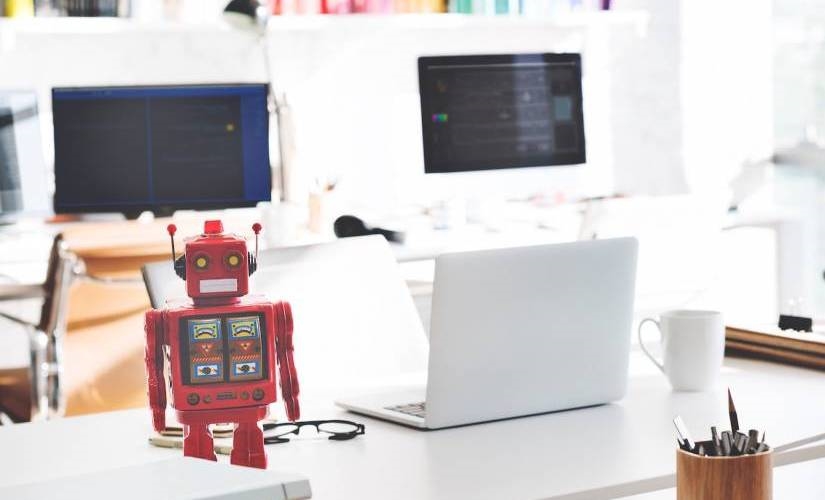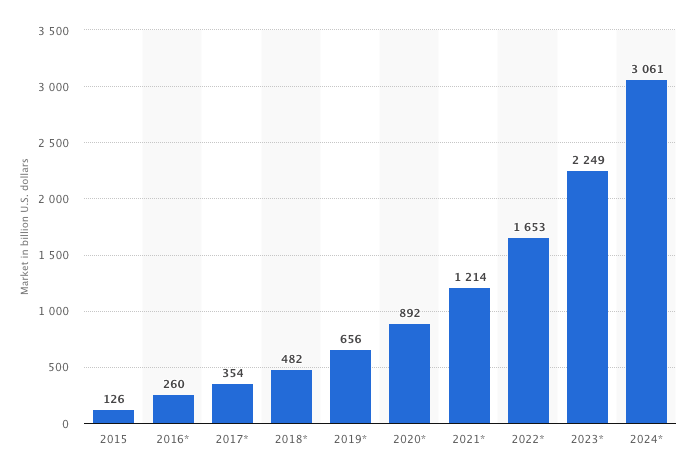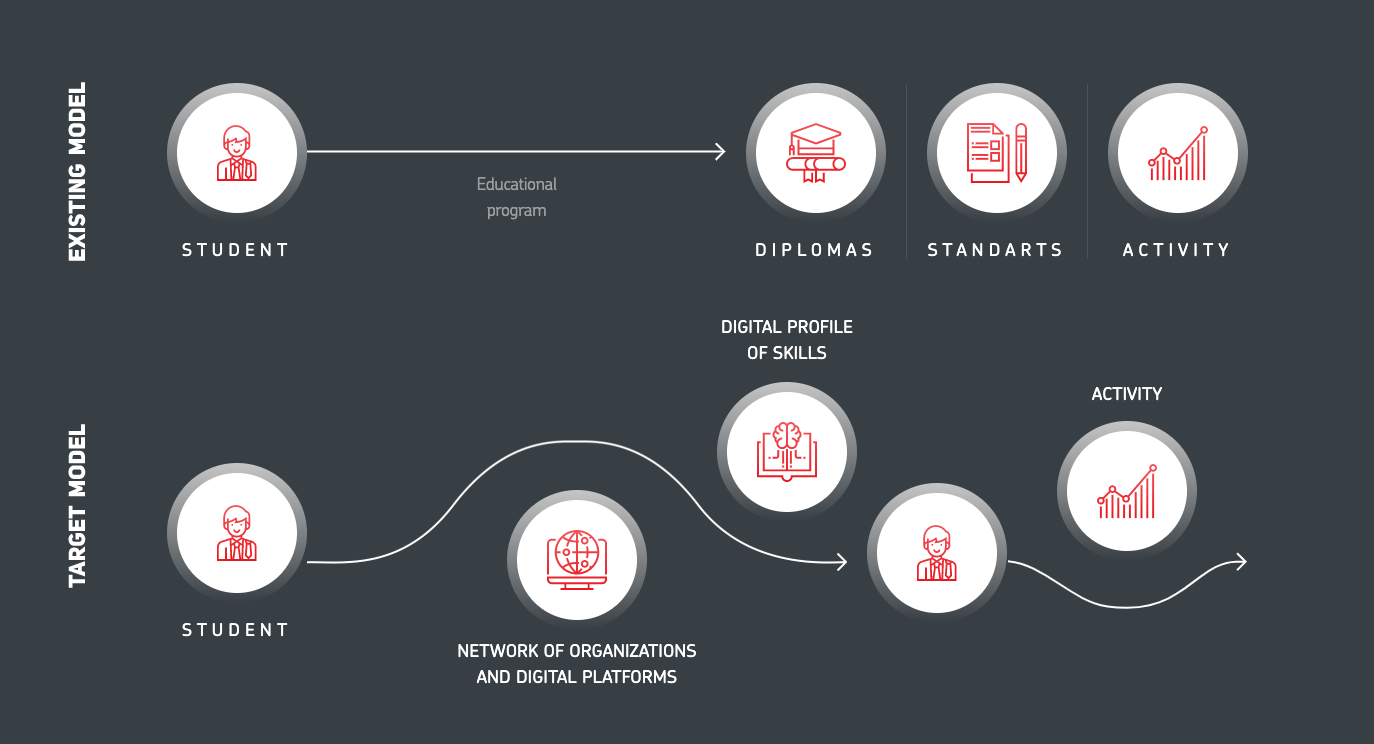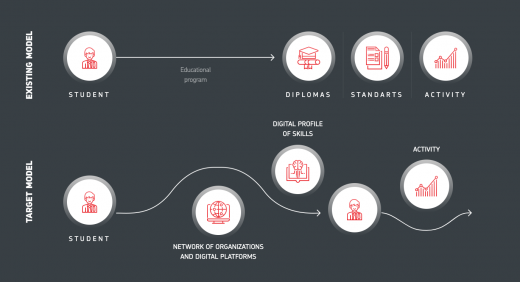Is Artificial Intelligence the Ultimate University Stimulus?
Is Artificial Intelligence the Ultimate University Stimulus?

What does it take to make the university the best learning experience in the lifecycle of one’s education? Higher education is all about developing skills, exploring new theories, and applying them to the actualities of real life. Throughout this journey, students are encouraged to stay on top of their workload, study, and complete assessments all while simultaneously leading a healthy, active, and balanced social life.
Existing Fractures in the University Structure
The essential materials relied on at university include books, books, and more books. As we move into an age of digitalization of practically everything, there is a reason to believe that the existing higher education model should too be digitalized to allow for an enhanced university experience.
The existing model of higher education looks something along the following lines.
Based on a one-module-fits-all curriculum, where students are all expected to learn the same thing in the confines of a classroom, they will then be assessed by examinations based on rigid criteria to determine a pass or fail. These intrinsic features of the education system do little to contribute to an enhanced learning experience. Instead, prospects for development under the current model seems to have come to a halt.
The world around us moves closer to an entirely digitalized world.
Having the entire world become digitalized is essential as little else could be more detrimental to the future than our young minds being taught in obsolete ways. Artificial intelligence has disrupted almost every industry. The AI market is expected to generate $ 3 trillion in revenue by 2024.

Image Source: Statista
Based on a 2018 report assessing the expected impact of AI and machine learning on a selection of domains worldwide, only 3% of respondents believed that AI would not affect society in general within two years (Statista).
The ability of intelligent machines to perform highly sophisticated and specific tasks without explicit human input should not be overlooked in the higher education sector.
Artificial Intelligence Technological Solutions
AI’s ability to make recommendations and produce answers based on patterns and inferences is precisely what humans cannot do on a mass scale – and precisely what our existing university structure demands.
University 20.35, (https://2035.university/en/), introduces the first university model that provides opportunities for professional development by creating individual educational trajectories and tracking digital skill profiles using artificial intelligence.
The use of digital footprints, which the platform collects during educational processes measures and analyses the students’ skills. Then, it confirms or refutes whether a trajectory module teacher can efficiently transfer skills to the students.

The use of AI here is of great revelation. It’s currently being implemented in personal educational trajectories development. In other words, the collection of Big Data on a student’s educational and professional background, combined with his/her digital footprint allows the intelligent machine to suggest the best development path.
A large part of university learning takes place within labs and lecture theatres.
If there’s one thing that makes studying at university better, it has everything you need to learn, study, and research wherever the student may be. Whether studying, learning or research takes place on the go or from home can be the students’ choice. Through a combination of online and offline education, artificial intelligence allows students to study where and when they want.
Using whichever platform they prefer or need, makes learning more accessible to everyone. The learning, in turn, lends to the prospects of AI for future students. It may mean that the use of mobile devices and online data collection increases.
This shift way from popular book learning towards smart devices contributes to the mass data we collect as a population. More data essentially means more information and better AI developed models.
We think of the most enhanced environments for learning.
We might conjure up images in our heads of groups of students studying together, in an attempt to improve their existing skills and fill in the gaps in their knowledge. Before the introduction of AI, this image of students was the only one conceivable, but it’s not the most effective.
AI, through the collection and analysis of digital footprints, allows for the creation of each students’ digital twin. Digital twins are essentially the digital replica of physical assets, i.e., the physical twin or the replica is of the student.
This accurate and near to real-time data based on digital footprint as well as some biological data can help to establish better solutions for students. This includes the biological of the surroundings as well as personal biolgical data. The application of the digital twin in higher education has the potential to shed light on gaps in the student’s knowledge, their forgetfulness, and hone in on their strengths.
Through AI, digital twins can materialize into a functional and personal study buddy.
Twinning is effectively a solid starting point for the development of a proactive educational study plan. From here, as the data reflects the student’s actual profile, the near to real-time data of the students’ progress will represent the students’ knowledge and skills.
Twinning can also be modeled to take into account what the student forgets and the skills they are practicing. The digital economy awaits, and as things stand, the next generation of our workforce have been and continue to be, educated and trained in an educational model that is incompatible with the digital future.
The university project, Island 10-22, is an incentive for education leaders aimed at intensive skills development specifically for the digital economy.
Participants of this project receive skills development in the field of digital and cross-cutting technologies. They are therefore anticipated to be the most sought after members of the labor market and will lead in the transition into a digital global economy.
“We aim to create a flexible digital education system, not even of tomorrow, but for the day after, based on the unique Russian educational AI.”The Russian education AI will enable quick training of these specialists and teams to solve complex problems,” said Dmitry Peskov, head of University 20.35.
On many occasions, students at university will be expected to work in groups on team projects.
Artificial intelligence technologies can make intelligent recommendations on team development for technical projects. And nothing enhances learning quite like team development. Collaboration drives innovation. Artificial intelligence, by considering each participant’s profile, we can assemble the most efficient teams and distribute work according to skill and proficiency.
AI poses some strategic and educational revolutionary technical solutions.
Each of these can help the current educational model reach the next milestone in maximizing both its standards and the level of expertise in students it produces. Total digital footprint recording allows AI to analyze the interaction of the participants in social networks.
The results of completed tasks, geolocation, as well as uploads of videos and photos, make possible a personalized program based on the needs of the student. Subsequently, individual development pathways with AI assistants can be created for each student.
When looking ahead at development records and tracing the students’ progress, AI, through semantic speech analysis allows the tracking of changes in the participants’ mindsets. Biometric data gathering can identify stress and fatigue levels to analyze different stages of the program. This data can then be used to modify the program accordingly.
AI puts students on a personal development pathway based on their digital footprints.
AI can do much more than condense a lecture into flashcards and smart online study guides. It has thus far, automated administrative tasks, introduced personalized learning to the extraordinarily generic syllabus that exists today.
AI’s application is still in its early stages; its continued development will soon see it working as a full-fledged AI-based university model. The model will be immersed entirely on the premise of machine learning and artificial intelligence. Simultaneously, its development will generate a higher caliber of students.
The post Is Artificial Intelligence the Ultimate University Stimulus? appeared first on ReadWrite.
(31)


